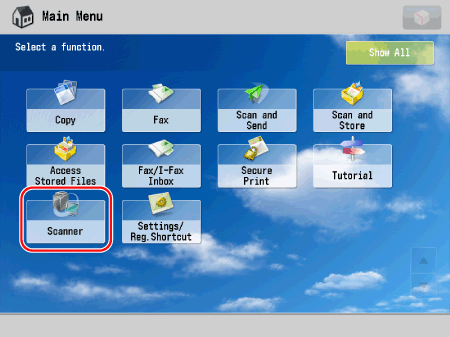
For example, you don't want to have the Wi-Fi radio search for Wi-Fi Direct devices if you are particularly interested in UPnP devices. When you build your own selector, it is strongly recommended that you limit your scope of enumeration to the protocols that you are interested in. In this case, you will build your own selector string and use it following the instructions under Build a device selector. For example, you may just need to gather information about AEP devices without interacting with them or you may want to find more AEP objects than will be discovered with the pre-defined selector string. However, there may be cases where you want to manually discover devices on your own without using a pre-defined selector string. If those device APIs do not automatically pair the device, you can pair it using the DeviceInformationPairing object available from DeviceInformation.Pairing. Wi-Fi Direct is an example of APIs that follow this pattern. Those device APIs may attempt to pair the device if pairing it is necessary before interacting with it. Some of the devices might not require pairing. This could include both devices that are paired and are not paired with the system. Some device APIs provide a selector string that you can use to enumerate through the available AEP objects. As a group these are referred to as AEPs or AEP objects. In order to do so, the APIs have three different kinds of device objects: the AssociationEndpoint (AEP), the AssociationEndpointContainer (AEP Container), and the AssociationEndpointService (AEP Service). Sometimes you need to enumerate devices that are not locally connected and can only be discovered over a wireless or networking protocols.

Use the APIs to enumerate devices over wireless and networked protocols.Įnumerating devices over networked or wireless protocols


 0 kommentar(er)
0 kommentar(er)
